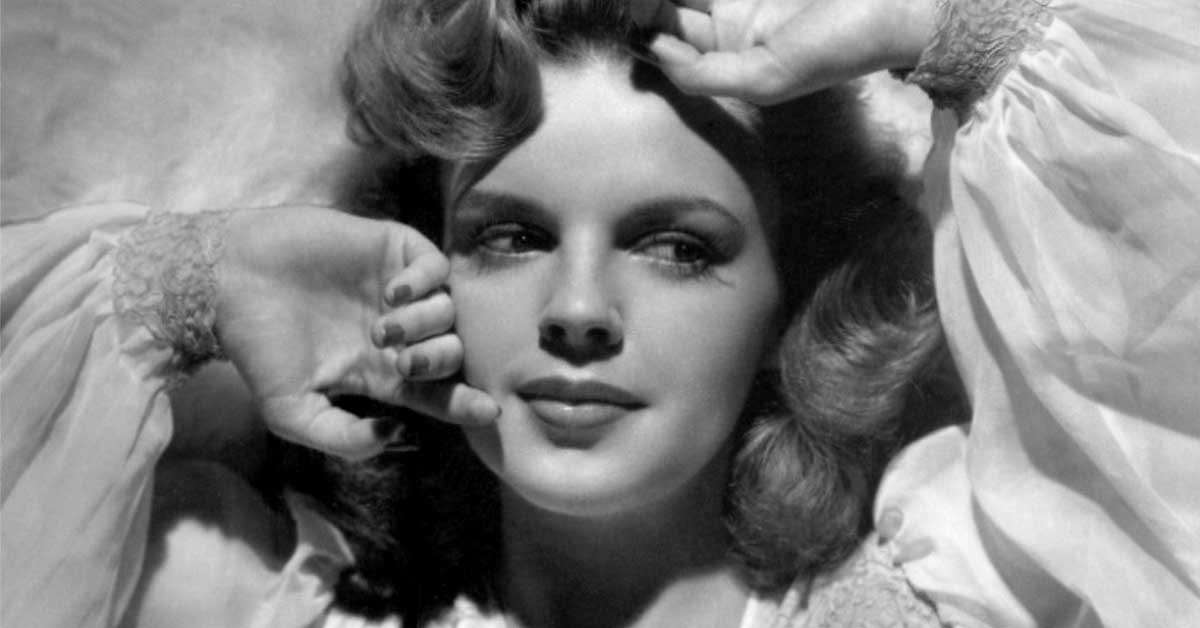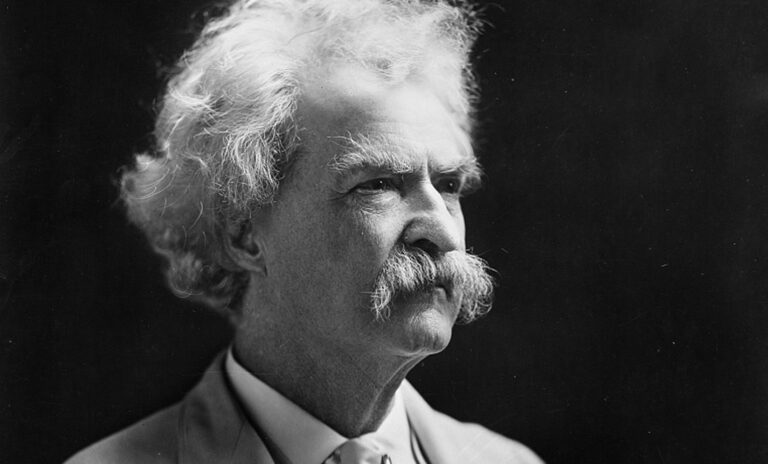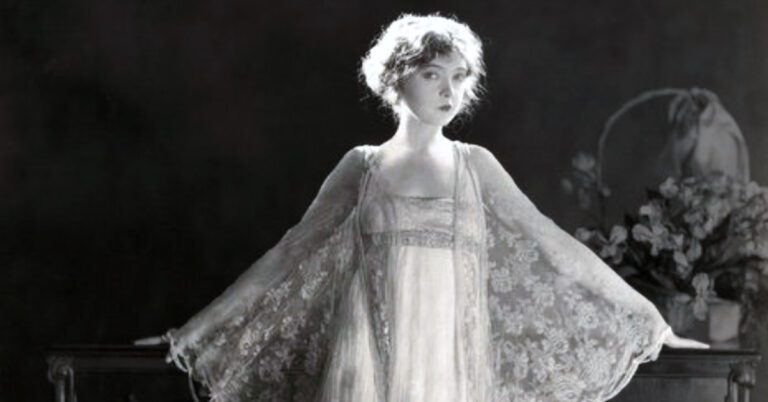Judy Garland (born Frances Gumm in Minnesota) was a singer, entertainer, and actress who began in show business as a child. In 1939 she received a special Academy Award “for her outstanding performance as a screen juvenile.” That was the same year she starred in a classic film for the ages, The Wizard of Oz.
But she made many, many movies that have endeared her to a legion of passionate fans. For instance, one such was For Me and My Gal (1942). On screen there was a dedication to “vaudeville…one of America’s greatest loves.”
This film was made by M-G-M’s most successful division, the Arthur Freed unit. And Freed selected Busby Berkeley to direct this escapist wartime entertainment since it was a story about vaudeville and the struggles of a young couple to reach the top. The result was the kind of nostalgic but patriotic hokum that audiences craved at the time.
The film’s three principals were Judy Garland (then age 20), George Murphy, and Gene Kelly, all of whom would receive special Academy Awards during their careers.
Judy Garland appears quite thin in this picture, the result of the studio prescribing diet pills to regulate her weight. Then evidently when her nervous system was impacted from all the pressure, she couldn’t sleep. More pills were prescribed. The artificial “help” the studio was giving her turned out to be a serious price for the young lady to pay. Bing Crosby once observed of Judy Garland, “There wasn’t a thing that girl couldn’t do — except look after herself.”
Studio politics interfered with production, and Murphy and Kelly were made to switch roles, with members of the production team siding with one or the other in the resulting controversy. Garland sided with Kelly, whom she rallied around during filming. This was her first big starring musical away from the world’s number one box office attraction at the time, Mickey Rooney, and she was determined to make a success of it. She spent much time helping Kelly learn movie acting tricks, and she promoted him with everyone on the crew to aid his transition from stage work to films. And this picture turned out to be Kelly’s big break in Hollywood.
Incidentally, while Mickey Rooney does not appear in For Me and My Gal, his father, Joe Yule, does have a small part.
When the picture opened in New York during October, and Los Angeles during November, it both established Gene Kelly and elevated Judy Garland to a new level of stardom.
VARIETY hailed For Me and My Gal as “undeniably appealing. That it’s crammed with old favorite pop tunes and has a strong topical pull in its emphasis on World War I days should also enhance its popularity. Those factors plus the Judy Garland and George Murphy names for the marquee, should earn it satisfactory business. Miss Garland is a knockout.”
Anne Edwards, in her biography on Garland, writes, “Seeing the film today is a moving experience. Never did Judy look so vulnerable. There are several moments in close-ups when there is a striking likeness to Marilyn Monroe.”
Retakes following principal photography had boosted the cost to $802,000. But the war-time worldwide rentals could well absorb such an overrun. That figure amounted $4,371,000 for Mr. Freed and his Metro unit, on just the initial theatrical run. This yielded a net profit of $2,694,000 for a smashing return on investment of 336%!
For Me and My Gal was the first of two movies in which someone tells Garland, “Why didn’t you tell me I was in love with you?” The other was Easter Parade (1948) in which Fred Astaire replaced Gene Kelly after he broke his ankle.
Garland and Kelly appeared in five other movies together, including all-star films.
The Garland-Kelly recording of For Me and My Gal was a surprise hit on music charts during 1942.
But it was no surprise that the world loved Judy Garland.



